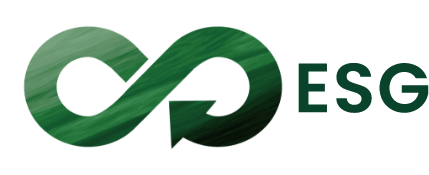Responsible Product
We ensure that the design, manufacturing, quality control, and shipping of our products meet customer expectations. All products comply with relevant safety and labeling regulations in various countries, such as medical devices. We strive for continuous innovation to collaborate with customers in developing innovative and sustainable technology products. Additionally, we aim to reduce the use of organic solvents and minimize waste generation.

All Business Units
100% of new product developments must comply with internal sustainability criteria
Healthcare Products
Waterproof and breathable textiles
e2cycle: Innovative PET Recycling Technology Transforming Electronic Waste into High-Performance Textiles
Hazardous Substance Management
BenQ Materials has established the GP Core Team in 2010 and is committed to the promotion of Hazardous Substance Free (HSF) management. The company reviewsthe hazardous substance management current condition annually according to the international regulations, customer demands and environmental protection trend, in order to update the ''Environmental Quality Assurance Management System Operation Standard'' of BenQ Materials. All products are required to comply with the EU RoHS, EU REACH, including directives, international regulations of WEEE and customer demands. The company has established the material hazardous substance free management system, in order to ensure that all of the products of functional films and battery materials manufactured comply with the international regulations and relevant specifications of customers for hazardous substance management.
Raw material suppliers, process material suppliers, posterior cutting suppliers and shipping packaging material suppliers are linked in order to allow the upstream suppliers of the supply chain and BenQ Materials to form an effective green product industrial chain. Accordingly, effective control can be implemented at the source, thereby achieving products complying with the green product standard and reducing the impact of product manufacturing process on the environment. The number of non-use of hazardous substance applications in 2023 was 1,614 cases, and the compliance rate was 100%.

Number of HSF Product Applications
| Produc | Number of Applications | Compliance Rate |
|---|---|---|
Display Materials |
324 | 100% |
Specialty Products |
41 | 100% |
Battery Material |
6 | 100% |
Biomedical Products |
18 | 100% |
Medical Packaging |
2 | 100% |
Total |
391 | 100% |
PFAS Reduction Plan
Current State Assessment:
- Continuously inventory all PFAS substances used in company products and processes, as well as their areas of application.
Establish a PFAS substance management database to facilitate subsequent monitoring and tracking.
Supply Chain Management:
- Notify and require all suppliers to comply with the company's PFAS prohibition policy and provide relevant material testing reports.
Assist suppliers in researching and testing alternative materials to PFAS.
The phased implementation of PFAS reduction includes:
- By 2025: Achieve complete substitution of high-risk PFAS substances, with PFAS test results in products reaching ND levels.
- By 2027: Completely eliminate the use of all PFAS substances in products and processes.
- Collaborate with the R&D department to assess and verify the feasibility and quality stability of alternative materials.
- Conduct testing on alternative materials used by suppliers to ensure no additional environmental or health risks are introduced.
Customer Communication and Collaboration:
- Product managers (PMs) or sales units proactively engage with customers to discuss alternative material solutions.
- Continuously respond to customers' needs for PFAS reduction and substitution, assisting customers in complying with regulations and market trends.
Policy Review and Updates:
Annually review international regulatory trends, industry developments, and technological progress, and adjust the PFAS reduction roadmap and strategies accordinglyChemical Management in the Supply Chain
BenQ Materials connects upstream suppliers—raw material providers, processing chemical suppliers, post-cutting plants, and shipping packaging suppliers—into an effective green product value chain. This collaborative framework ensures source-level control, enabling product compliance with green product standards while minimizing environmental impact during the manufacturing process. Supplier Management Process: BenQ Materials manages chemical-related disclosures via a Supplier Portal. Suppliers submit required documentation through the portal → internal approval is conducted → all files remain accessible in the system. Test reports provided by suppliers must be updated and re-uploaded annually.









